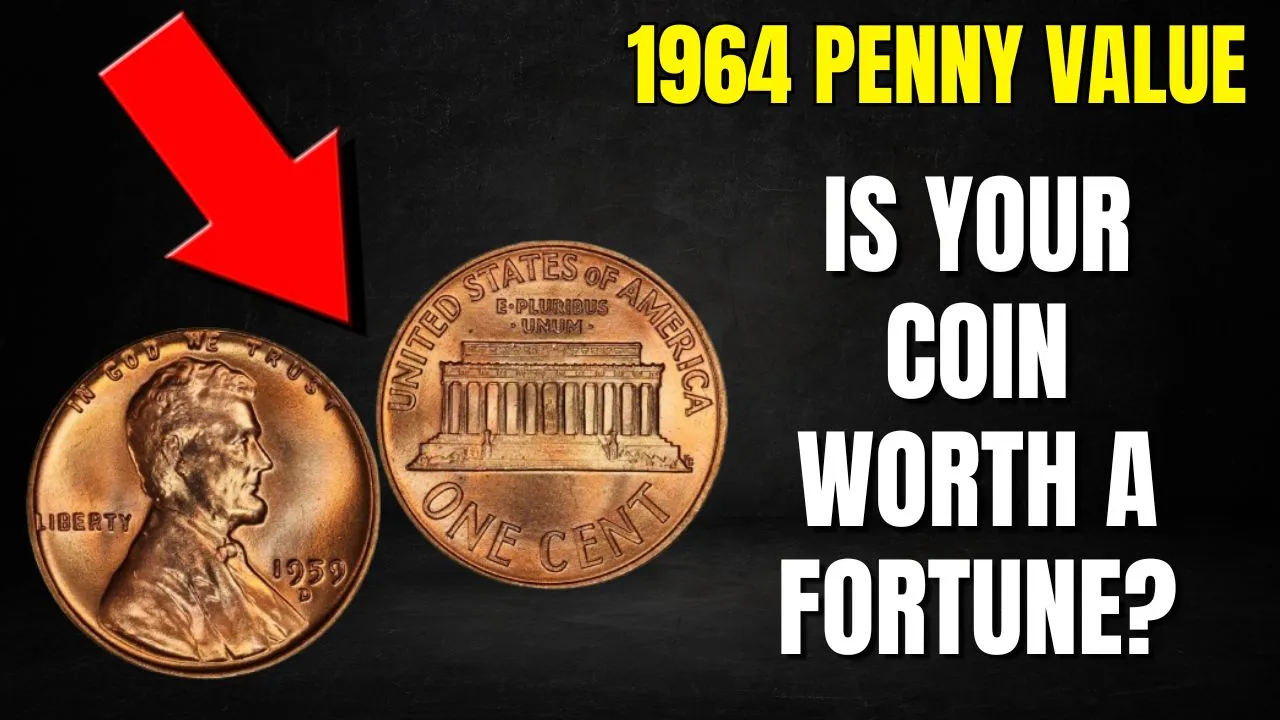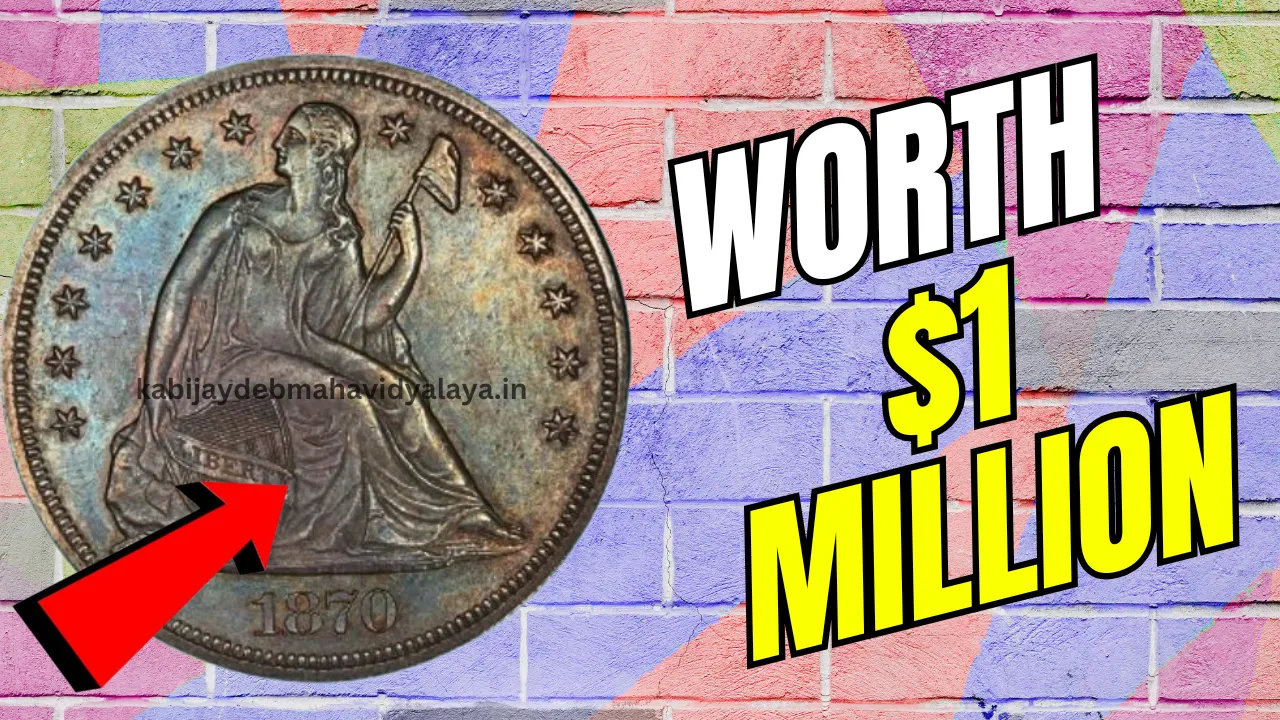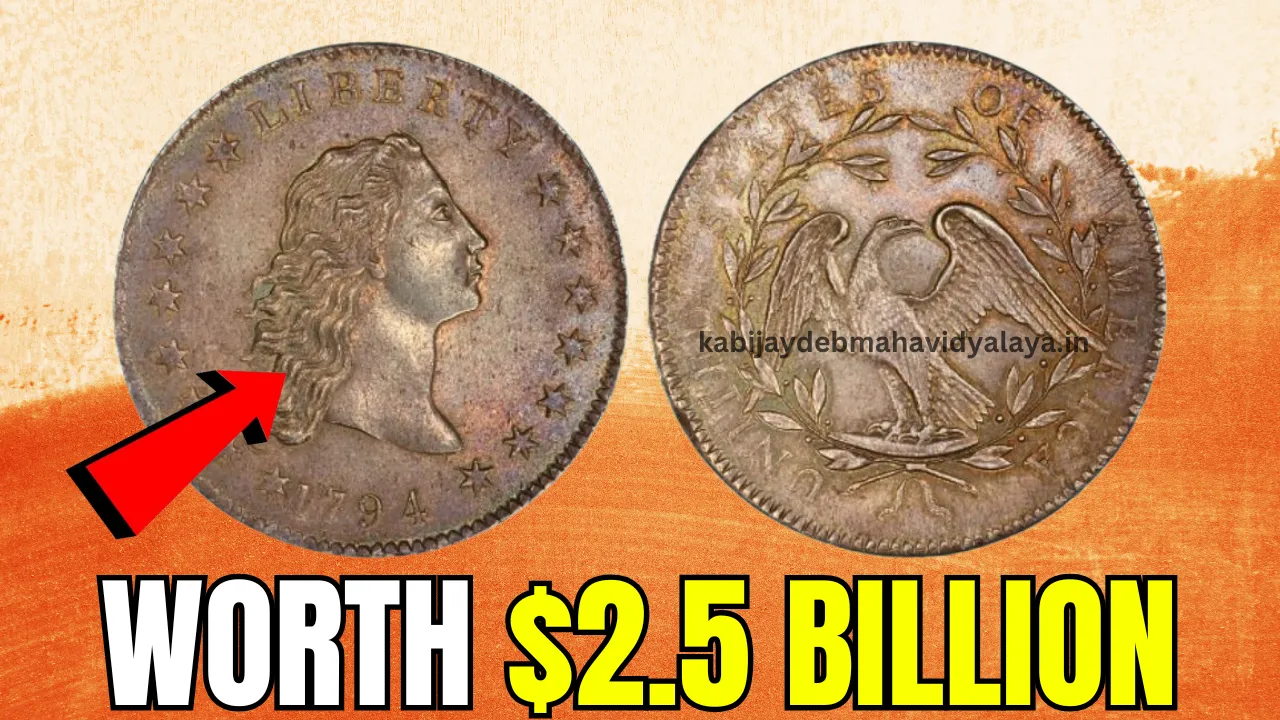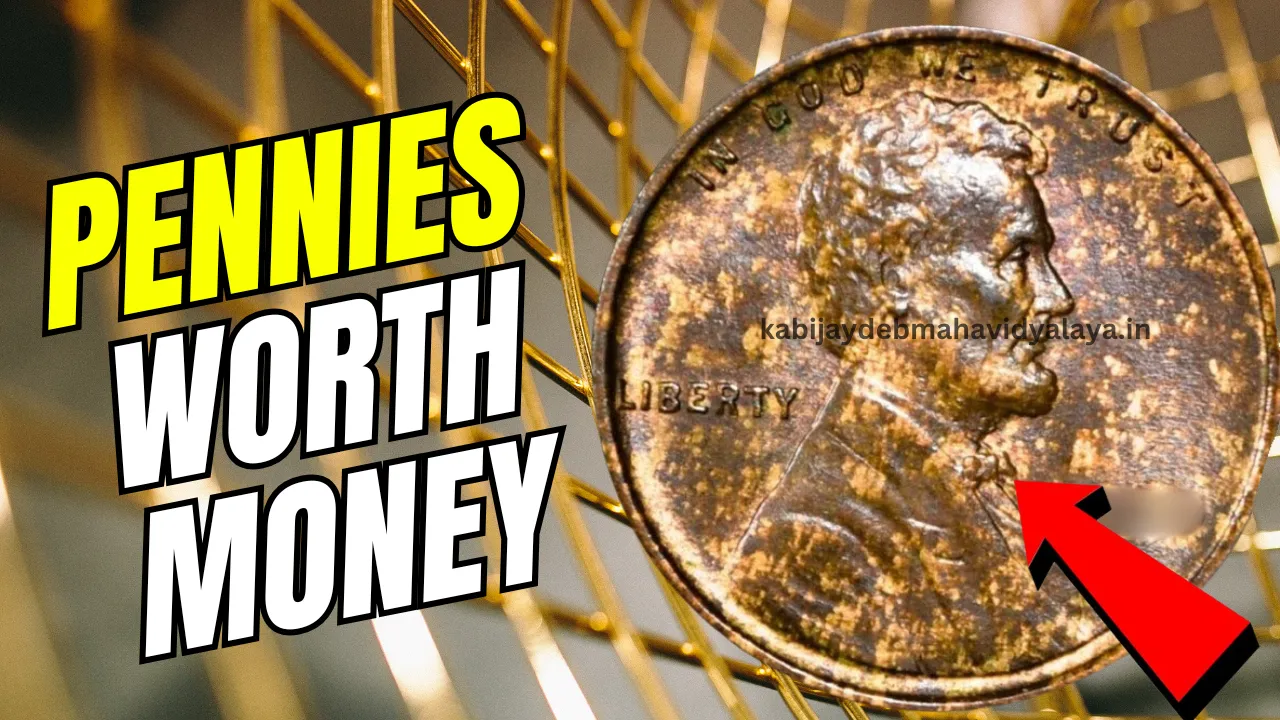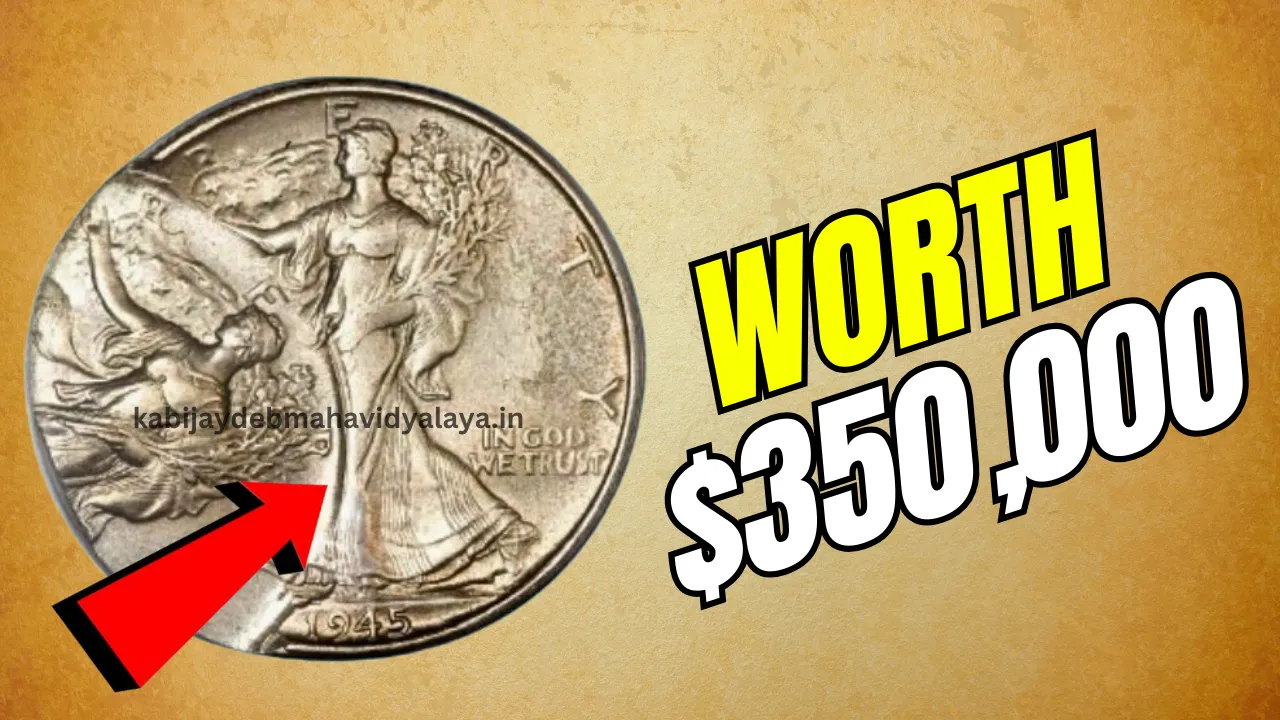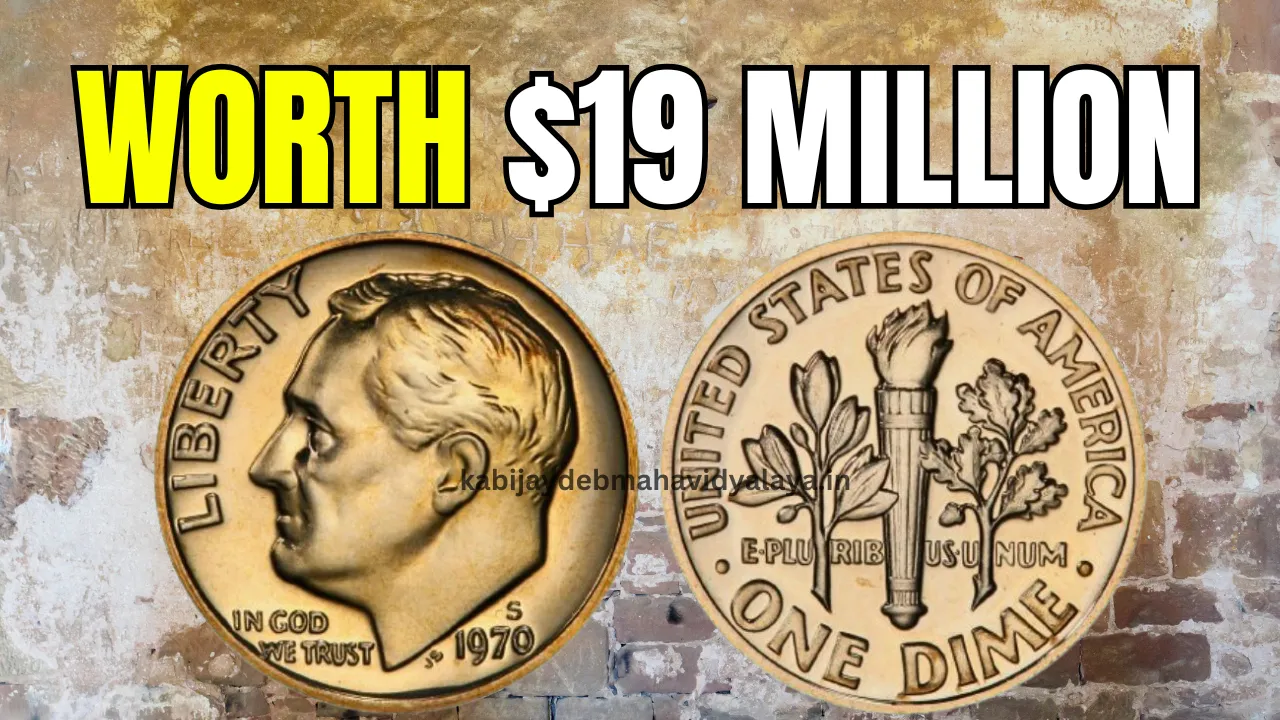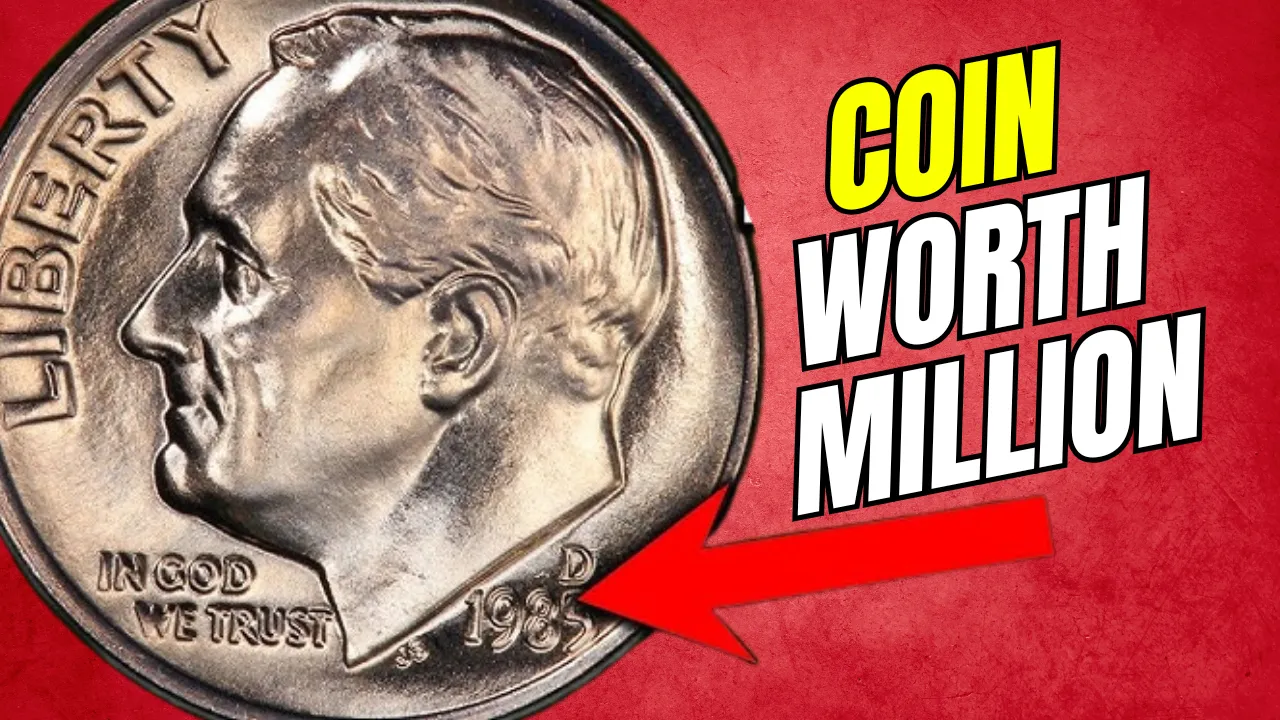1964 Penny Value: The 1964 penny value has intrigued coin collectors and enthusiasts for decades. While most of these pennies seem ordinary, some have hidden worth that could surprise you. From rare errors to exceptional mint conditions, this unassuming coin holds historical and monetary significance.
In this article, we’ll explore the factors that influence the value of a 1964 penny, its unique minting history, and how to determine if your coin is worth more than a cent. Whether you’re a seasoned collector or just curious, this guide will help you uncover the secrets behind the 1964 penny.
1964 Penny Overview Table
| Feature | Details |
| Year Minted | 1964 |
| Mint Locations | Philadelphia (no mint mark) and Denver (“D” mint mark) |
| Material Composition | 95% copper, 5% zinc |
| Total Minted | Over 5 billion coins |
| Special Variants | SMS (Special Mint Set) coins, proof coins |
| Notable Factors | Color (Red, Red-Brown, or Brown), errors, and mint marks |
| Highest Known Value | $20,000 (for SMS coin graded SP67) |
Historical Significance of the 1964 Penny
The 1964 penny was minted during a turbulent time in U.S. coinage history. In the early 1960s, silver shortages caused widespread hoarding of coins, leading to a significant currency crunch. While this directly impacted silver coins, it also affected pennies made primarily of copper.
The U.S. Mint ramped up production of the 1964 penny, producing billions to meet demand. Despite its commonality, historical moments like these give the coin additional value to collectors, especially those interested in numismatic history.
Factors Affecting the 1964 Penny Value
Several factors determine whether your 1964 penny is worth more than its face value. Below are the key aspects to consider:
1. Mint Mark
- Philadelphia Mint (No Mint Mark): Coins minted in Philadelphia lack any mint marks and are generally more common.
- Denver Mint (“D” Mint Mark): Denver-minted coins carry a small “D” below the year. These coins are slightly rarer and may command higher prices in exceptional condition.
2. Coin Condition
Coins are graded on the Sheldon Scale, ranging from 1 to 70. Higher-grade coins, especially those in uncirculated condition, fetch significantly higher values. Coins with vivid luster and no visible wear are particularly desirable.
3. Coloration
The penny’s color is a critical factor in its value:
- Red (RD): Indicates a well-preserved coin with original copper brilliance.
- Red-Brown (RB): A mix of red and brown tones.
- Brown (BN): Darker coins with significant oxidation.
Uncirculated red coins are the most valuable, often selling for hundreds or even thousands of dollars.
4. Errors and Special Variants
Errors can make a 1964 penny highly valuable. Look for:
- Double Dies: Letters or numbers appear doubled due to die misalignment.
- Off-Center Strikes: Portions of the design are missing.
- Special Mint Set (SMS) Coins: These coins, struck in small numbers, have a unique satiny finish and are extremely rare, fetching values of up to $20,000.
Key Variants of the 1964 Penny
1. Standard 1964 Penny (No Mint Mark)
Over 2.5 billion pennies were minted in Philadelphia in 1964, with many still in circulation today. While most are worth face value, those in MS66+ (Mint State) condition can be worth up to $60 for red coins.
2. 1964-D Penny (Denver Mint)
Denver minted about 3.8 billion pennies in 1964. Like Philadelphia coins, most are worth face value unless they are high-grade red pennies. In MS67, Denver pennies are valued at $650, while MS67+ examples can reach $4,750.
3. Special Mint Set (SMS) Pennies
The 1964 SMS pennies are exceptionally rare, with only a handful known to exist. These coins have a satiny finish and sharp details, distinguishing them from standard strikes. Graded at SP67, they are worth up to $20,000.
4. Proof Coins
Nearly 4 million proof pennies were struck in Philadelphia in 1964. These coins feature a polished finish and sharp details, appealing to collectors. High-grade proofs can be worth up to $12,500.
Tips to Identify Valuable 1964 Pennies
- Examine Mint Marks: Look below the date for a “D” or lack of a mark to identify the mint location.
- Assess Condition: Check for wear, scratches, and tarnish. A coin in pristine condition is more valuable.
- Look for Errors: Use a magnifying glass to spot anomalies like double dies or misstrikes.
- Verify Special Variants: SMS and proof coins are characterized by unique finishes and crisp details.
Frequently Asked Questions (FAQs)
1. How can I tell if my 1964 penny is rare?
Inspect for mint marks, unique finishes (like SMS), or visible errors. Rare coins often have a combination of pristine condition and special features.
2. What is the most valuable 1964 penny?
The 1964 SMS penny graded SP67 is one of the most valuable, fetching up to $20,000.
3. What do the colors RD, RB, and BN mean?
These refer to the penny’s color and state of preservation: RD (Red) is the most valuable, RB (Red-Brown) is less so, and BN (Brown) indicates significant tarnish.
4. Are all 1964 pennies worth more than face value?
No, most circulated 1964 pennies are worth only their face value unless they are in excellent condition or have unique characteristics.
5. How do I get my 1964 penny appraised?
You can have your coin appraised by a professional coin grading service like PCGS or NGC.
Final Thoughts
The 1964 penny value varies widely depending on its condition, color, and rarity. While most of these coins are common, a few rare examples can be worth a small fortune. Whether you’re a dedicated numismatist or a curious hobbyist, examining your pennies closely might lead to a valuable discovery.
If you enjoyed learning about the 1964 penny, leave a comment or share this article. For more insights, explore our guides on other rare coins and collectibles!
